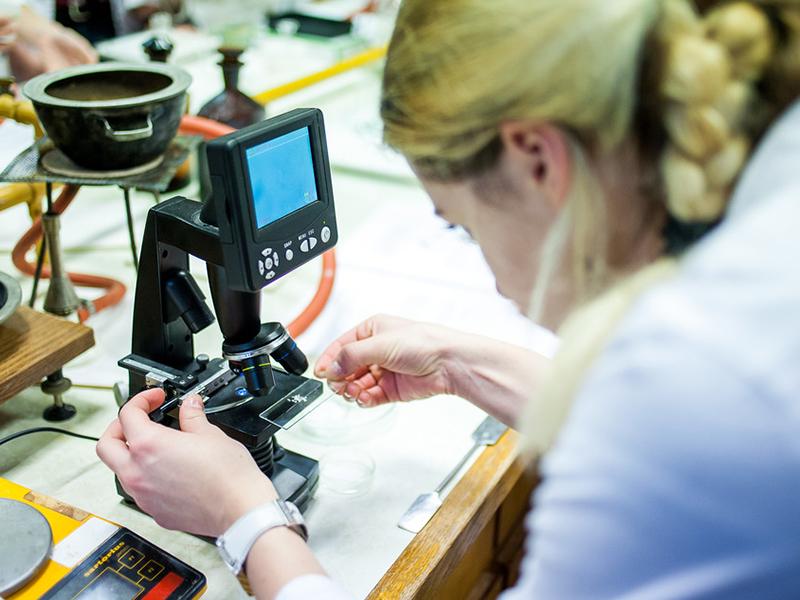
How to enhance pharmaceutical education through case-based learning

Case-based learning involves using real-world scenarios to enhance students’ learning. As a lecturer at a university specialising in pharmacy, I incorporate it into my teaching practice to complement my lectures. I use cases involving drug use, side-effects and different methods of drug administration to help students apply their knowledge of medicinal chemistry. During group discussions, I encourage students to identify causes, explore factors and propose solutions, which help to strengthen a variety of skills. Here is how to integrate this method into your teaching practice.
Identify and understand the problem
In my case, this step begins with searching for case studies and problems related to drug use, which I obtain from research articles and case reports. I then select events of interest, such as backbone therapy and mitochondrial toxicity, rhabdomyolysis from statins, agitation from diphenhydramine and so on. The selected case studies must allow students to use their knowledge of medicinal chemistry to prevent or treat such problems.
In one case study, a patient displayed signs of restlessness and agitation after taking diphenhydramine, a medication known to cause side-effects on the nervous system due to its antihistamine properties. By recognising the symptoms and connecting them to the medication, students began to understand what was causing the patient’s condition. An understanding of the problem paves the way for the creation of a treatment plan and directs us towards appropriate interventions.
Generate possible solutions as a group
In this step, students must brainstorm practical solutions to the problem at hand. Once students determined that diphenhydramine was likely responsible for the restlessness, they decided to switch to hydroxyzine based on their understanding that hydroxyzine, although still an antihistamine, has qualities that minimise the likelihood of causing restlessness. This step emphasises how crucial it is to rely on expertise and evidence when making decisions about patient care, which ultimately leads to more effective and safer treatment outcomes.
- Resource collection: Show time: how to be an engaging teacher
- Advice for lecturers on how to keep students’ attention
- Using films to encourage reflection and critical thinking in your teaching
Review the literature and select the appropriate treatment option
The next step is to encourage students to examine existing research and literature and select a suitable treatment option. In the above case, the literature search revealed that an overdose of diphenhydramine can cause significant toxicity ranging from agitation to cardiac arrhythmias, rhabdomyolysis and classic anticholinergic toxidrome, however, no such side-effects have been reported following normal doses. It also revealed no reports of agitation when taking hydroxyzine. Although the two drugs have the same antihistamine, their different chemical structures may cause different side-effects. This process of reviewing literature ensures that students’ treatment decision is supported by research and has a higher possibility of leading to a positive outcome and high-standard care.
Collaborate with teams from other disciplines
The final step involves collaboration and communication with experts from different fields to discuss the patient’s response to medications and treatment plans. By ensuring that everyone involved in the patient’s care is well informed and aligned on how to treat a patient, students can develop a holistic plan that improves the patient’s health and well-being.
Key benefits of case-based learning in pharmaceutical education
The case-based learning approach benefits both teachers and students
Benefits for the instructor
- Enhances teaching: it increases knowledge and improves teaching practices
- Promotes active learning: it creates an engaging, participatory learning environment
- Provides opportunities to assess critical thinking: instructors can assess students’ problem-solving and analytical abilities using this approach.
Benefits for students
- Develops problem-solving skills: analysing issues and coming up with practical solutions is an essential component of pharmacy practice
- Helps students apply their knowledge: case-based learning empowers students to apply their pharmaceutical knowledge to real-life scenarios
- Enhances decision-making abilities: learning via case studies allows students to practise making important decisions based on existing evidence
- Encourages collaborative learning: participating in group conversations and communicating with experts in other fields help students develop the skills they need for a collaborative work environment.
Case-based learning helps students develop the skills they need to succeed in a career in pharmacy. It also ensures that the learning experience aligns more closely with real-world situations and ultimately improves patient treatment and outcomes.
Narumol Phosrithong is a lecturer in the Faculty of Pharmacy at Siam University.
If you would like advice and insight from academics and university staff delivered direct to your inbox each week, sign up for the Campus newsletter.


